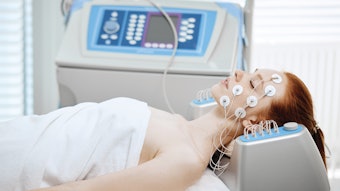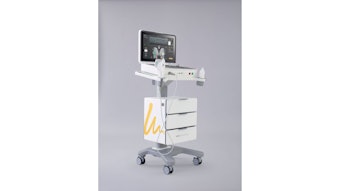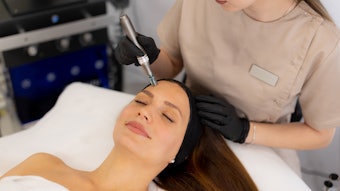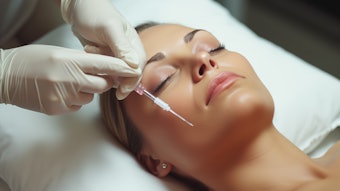Every day, consumers are overwhelmed with hundreds of new creams, lotions and potions all claiming to be the next best thing for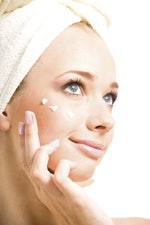
An esthetician is considered a source for knowledge and insight, and is viewed as an expert about skin care. Clients expect you to understand products and be able to explain the advantages of one ingredient over another. Selling something that may not have value puts your relationship with your client in jeopardy, and can damage your professional reputation.
There is a theory for word-of-mouth referrals: one happy person tells five people, and one unhappy person tells ten. In other words, your unhappy clients, or those dissatisfied with the results of products you retail, will talk to more people than the happy ones. As an esthetician, one of your greatest assets is your reputation. It is important to do your own research and determine the effectiveness of the products and services that you provide. You must be certain that what you are selling to your client is going to be beneficial.
The TRUE Test
To protect yourself and your clients, take steps to ensure that you are promoting products that can back their claims. Before something gets your stamp of approval, it should pass the TRUE Test.
Tried. A product should be compared against previously tried offerings that have come into the market. Is it a similar formulation to a product that was introduced last year? If so, what type of results did your colleagues see? Were any complications reported? Looking to the past will often help you predict the future. For instance, it is well known that Retin A* is an effective pharmaceutical agent derived from vitamin A. It has a proven track record for effectively reversing signs of skin aging. Therefore, a product containing a vitamin A derivative would more likely be effective than one based on vitamin X. However, just because a product is similar to an established therapeutic does not guarantee its potency. There are many factors in a delivery system that determine a product’s effectiveness, including the correct pH, concentration and vehicle—be it a cream, gel or lotion. There are many manufacturers who may add or subtract ingredients, or utilize less efficacious forms of the active agent in attempts to cut expenses. These differences allow for uncertain effects.
Additionally, if a product is continuously verified as ineffective, then why use it? Think back to those weight-loss machines from the 1950s that featured a vibrating belt wrapped around a person’s waist resulting in effortless weight reduction. Or the electrical mask that would transmit pulses to give an instant face lift. Obviously these devices did not measure up to the extravagant claims they made, but theimportant lesson is that during the past 40 years, new versions of these old gimmicks have continued to surface. Just because the packaging or name changes doesn’t mean the results will.
Research. First and foremost, don’t be deceived. Esthetic providers need to be skeptical of claimed research and advertised testimonials. It is important to carefully read reports and critically examine presented photographs. Often, the research studies referred to by manufacturers are in-house projects conducted by paid investigators. Rarely are these papers submitted to acceptable and selective peer-reviewed medical journals. Photographs intended to demonstrate improvements are notorious for being less than truthful. There are many tricks for fooling the eye that would deceive even the most knowledgeable esthetician. However, a critically trained eye will recognize that post-treatment photographs are often taken at different angles and with different light exposures. This has a very dramatic effect on the perceived color and texture of the skin. As a professional in the industry, it is your job to do your homework and investigate any products you are considering. Learn about the history and reputation of the manufacturer, as well as what other companies might financially support it.
Understand. Today, in the information age, many manufacturerssell directly to the consumer, bypassing your expert opinion. Unfortunately, consumers often are quick to jump at the prospect of an easy answer to skin concerns. Many get duped into trying overpriced products that offer little or no benefits, and may even be harmful. It is your job to understand the products so that you can properly recommend treatment regimens and, perhaps more importantly, advise them about which ones to avoid. Many cosmetic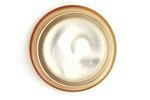
The margin of safety with a topical skin care product is fairly large. Adverse events occurring secondary to a topical skin product usually happen only after continued use, which is in contrast to the immediate reaction and permanent damage that can be caused by a powerful heat or electrical-emitting device.
Additional scrutiny is prudent before endorsing or using the latest and greatest device. Of course, make sure that your license allows you to operate the device. Every state is different regarding the degree of device that is approved for use by an extended provider and it is never worth risking your license. Check out www.SkinInc.com/resources/931607 for direct contact information to state licensing boards. Assuming that it is legal, make sure the device is U.S. Food and Drug Administration (FDA) approved. This alone doesn’t mean caution isn’t necessary; there are many devices that have been FDA approved that show little or no benefit, and can actually cause more harm than good. If you do decide to purchase the device, make sure you are getting it from a reputable manufacturer. Seek out medical research on that particular company’s device; this not a place to cut corners. Be skeptical of papers about the same technology offered by a different company. Finally, make sure the manufacturer offers proper training. Even if one of these devices seems easy to use, still exercise caution. Ultrasound-assisted skin facial treatments, for example, seem harmless and easy to perform, but, if not done properly, blood clots, tissue hardening and degradation of collagen may result.
Educate. After you have done your “background check” on a product, you can execute your recommendation. Seek to educate your clients because this will help them develop a meaningful esthetician-client relationship and further your credibility. If you can thoroughly explain the benefits and safety of products and services you offer, you will build a successful business. Clients always appreciate it when you provide specific details about how a particular product actually works with the skin.
If you are considering adopting a new product line or service, be certain that you fully understand the treatment you are recommending. Remember that your clients trust and seek your expertise. If you are not certain or are skeptical of a new product’s claims, consult with those who have already used it or with colleagues in whom you have confidence. Read all that you can and ask for guidance from someone you deem to be knowledgeable. If that person doesn’t know, then usually they can direct you to a reputable source. Bottom line: When it comes to the boasted claims of many skin and health care products, remember the importance of trying, researching, understanding and educating.
*Retin A is a registered trademark of OrthoNeutrogena, Titusville, NJ.
**Botox is a registered trademark of Allergan, Inc., Irvine, CA.

